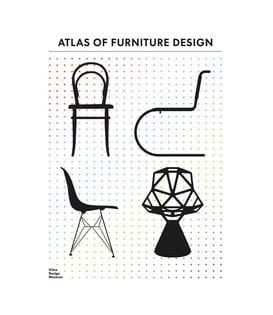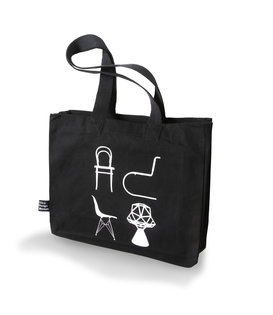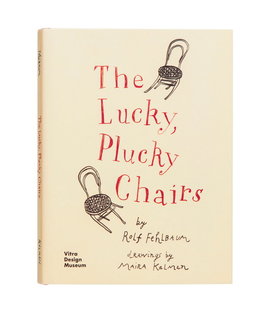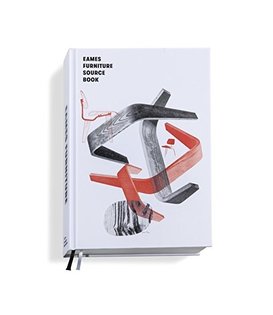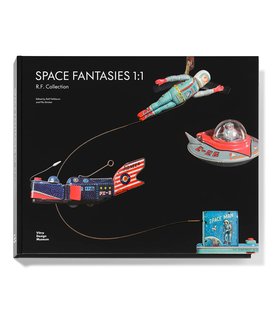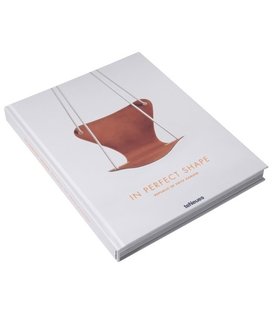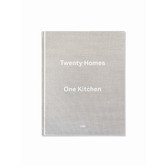
- Gratis verzending NL/B vanaf €100,-
- Nordic New bestaat 25 jaar
- Showroom 6 dagen p. week open van 10-17.00
- T 085 1303619 - [email protected]
VIPP kitchen book.
In this second edition of Vipp 'Twenty Homes - One Kitchen' show cashing, they collected 20 new remarkable contemporary houses that have as common denominator their choice of kitchen!
Format: 22.5 x 28.5 cm / 316 pages.
About Vipp:
The Vipp success story begins on a spring Sunday in 1931 when 17-year-old Holger Nielsen wins a car in a lottery at the local football stadium. Holger likes cars, but doesn't have a driver's license, so he decides to sell the car and invest in a metal lathe. This marks the beginning of Holger's metal factory, where a few years later he makes a product that will become famous all over the world: namely the iconic Vipp pedal bin.
“Good design never goes out of style,” said Holger. Time has proved him right; the Vipp wastebasket has only marginally improved since it first saw the light of day in 1939. Today, the trash can is internationally recognized as a design classic and in November 2009 it was even included in the architecture and design collection of the Museum of Modern Art (MoMA) in New York.
Holger and his wife, Marie's youngest daughter, Jette Egelund, decide to take over the company. So far, the bin has only been sold to the professional market, but Jette is convinced that it can also be sold to design enthusiasts all over the world. Jette visits the best furniture and design shops in Scandinavia. After much time and determination, The Conran Shop finally orders the Vipp pedal bucket for their London and Paris stores.
Today Vipp is a third generation family business. Jette is now assisted by her two children, Sofie and Kasper, who, together with a dedicated team of employees and a growing range of products, continue to add to the special Vipp story. The original waste bin is available in five sizes and is accompanied by new bathroom and kitchen products.
The new products are manufactured using Vipp's signature materials: steel and rubber, continuing Vipp's more than 70-year tradition and enhanced by excellent craftsmanship and durability.
Article number: Vipp800
Weight: 65






